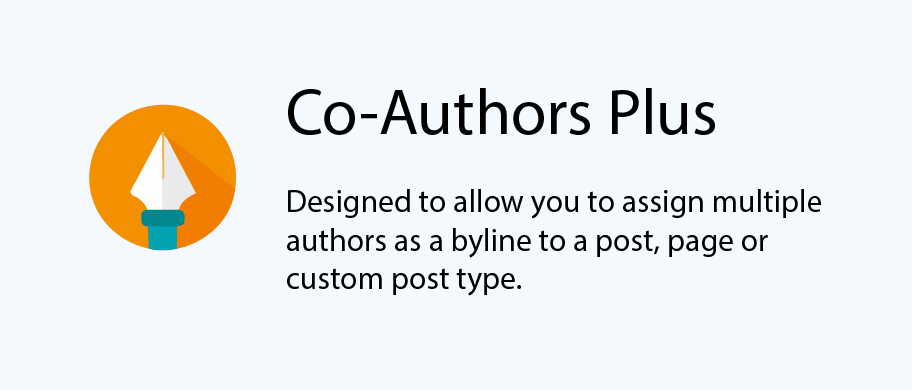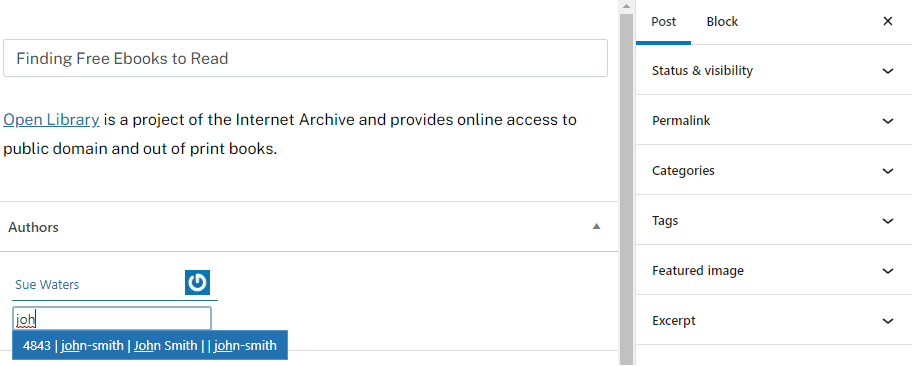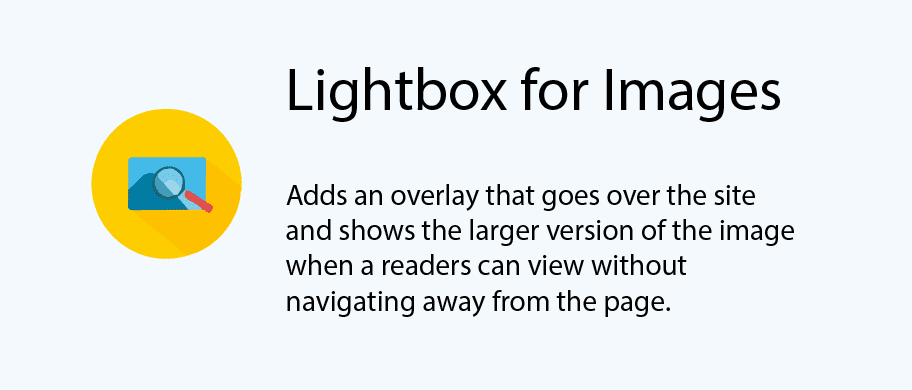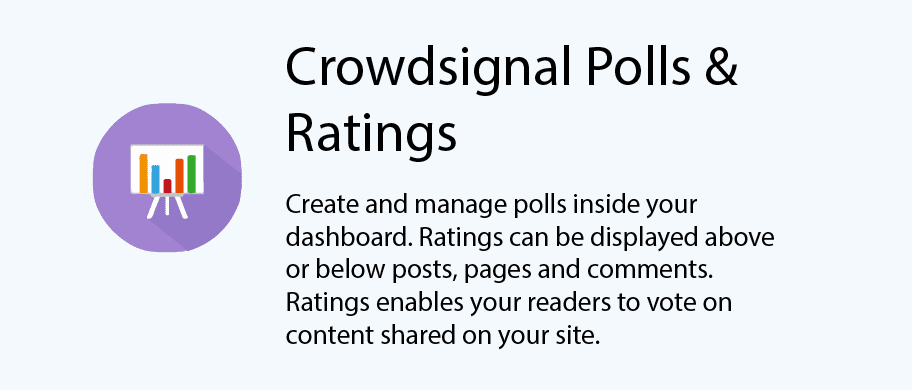Are you a teacher that is constantly looking for ways to develop creative assignments that keep your students engaged? It’s a challenge faced by almost all teachers at some point in their career. While there are countless lesson resources available, many teachers have found success in maintaining student engagement through blogging. If you’ve ever considered incorporating student blogging into your curriculum, your first question may be how to effectively integrate it into your existing lesson plans.
Fortunately, with blogging you have plenty of freedom when it comes to choosing how to use it as part of your teaching. Teachers have almost endless possibilities for how they use blogs, how integral their student blogs are to their students’ learning, and the types of assignments for which their blogs will be used. Plus, there are lots of plugins (additional tools that can easily be added to your blogs) available that help make blogging easier and more dynamic.
In this article, we’ll go over some of the benefits of class blogging and share five ways to incorporate this useful tool into your curriculum.
Continue reading, or jump ahead using these links:
The Benefits of Student Blogging
5 Ways to Incorporate Student Blogging into Your Curriculum
1. Have Students Keep an Online Journal
2. Create Blogging Assignments Around Current Events
3. Turn Student Blogs Into Multimedia Research Projects
The Benefits of Student Blogging
Blogging is a perfect hands-on way for students to understand the difference between digital vs. formal/traditional methods of writing. As digital tools take on increasingly large roles in a student’s life, it’s crucial for them to learn the distinction.
Creating blog posts is not restricted to writing. Students can learn to incorporate various kinds of media too. This can help them learn how to legally and ethically support their ideas with images, video, or audio. A multimedia approach, like this, is made easy using the WordPress Block Editor.
Regardless of the grade level or the subject area you teach, you can bring blogging into your class and adapt many of your existing assignments to add a blogging component. For instance, a traditional research paper can take on a new life when presented as a blog post with various media types that showcase a greater understanding of the topic.
Blogging also offers the opportunity for students to engage with each other’s work. This is possible through commenting functionality and/or collaboration, depending on what skills you’d like your pupils to develop. Furthermore, blogging makes it possible for online learners to stay connected and work together.
5 Ways to Incorporate Student Blogging into Your Curriculum
With the benefits of student blogging in mind, let’s have a look at how you can use this learning tool in the classroom. If you’re new to in-class blogging, you can get started quickly with CampusPress.
1. Have Students Keep an Online Journal
A great way to introduce blogging in the classroom is to ask students to keep an online journal of their lives. Both you and your class can take a more relaxed approach to the project and freely experiment with different kinds of media and post layouts.
CoBlocks is a plugin that provides a lot of creative options for the WordPress Block Editor. Students can use these Blocks to get expressive and have fun with their journals:

This plugin includes a GIF Block that allows students to explore Giphy’s extensive animation library. Simply search for a GIF and press Enter to add it to a blog post.
The Collage Block is another CoBlocks option and gives students a beautiful way to display numerous pictures in a single gallery. Using this block can help students become familiar with uploading images and using the WordPress Media Library.
Online journaling is a great way to introduce the basics before moving on to more focused blogging assignments. Even if your students have previously explored blogging, this may help to increase their confidence and develop their personal writing style.
2. Create Blogging Assignments Around Current Events
A more topical approach is instructing your students to create blog posts that revolve around current events. If your students are younger, you may want to focus on school or classroom happenings. Upper-grade level students may enjoy blogging about world events or offering their perspectives on happenings within the community.
Writing about current events also presents you with an opportunity to let students choose what they want to write about and how frequently they want to publish content. While you’ll likely want to emphasize the importance of regularly developed content, you also can present options for doing so. Some students may prefer to work on in-depth, long-form pieces that are released every month. Alternatively, you may have pupils who opt to write shorter articles more frequently.
To make it a group effort, you may want to use Edit Flow. This plugin is designed for editorial teams, and allows you to take advantage of its different modules to help your students create a professional online news publication:

Edit Flow’s calendar provides an easy-to-understand overview of the blog’s upcoming posts. You can use this tool to teach students about content planning.
3. Turn Student Blogs Into Multimedia Research Projects
Using a blog as the basis for larger-scale projects provides an excellent opportunity for groups of students to divide up their tasks. For example, some students may particularly enjoy having the freedom to work on what interests them the most by focusing on research, while others might enjoy photography or writing. To ensure students are contributing equally and getting the full blogging experience, you might ask them to trade duties with each post.
The Co-Authors Plus plugin can be very useful for multi-author blogs. With this plugin, each student who contributes to a post can receive credit for their part:

Any user on the blog can be added as an author on a post. Your students can add more information and a photo of themselves to their user profile. This is good practice for students learning to create brief yet engaging biographies that highlight their accomplishments:

You can add authors to any post through the Authors box at the bottom of the screen. Simply search for the name of the student and click to add them as an author:

If you’d like to change the order in which the authors appear, you can do so by dragging and dropping. You can also remove an author by clicking Remove.
4. Use Student Blogs as Portfolios
Keeping a blog throughout the year can help students build a robust digital portfolio. If pupils make monthly contributions, they quickly will have a robust platform to showcase their skills. You may want to provide a checklist or guide to ensure each portfolio is well-rounded and representative of the year’s work.
For a professional-looking visual portfolio, you might try the Lightbox for Images plugin.

Students whose portfolios are focused on art or photography will find this plugin very useful. It also will come in handy for those who simply want to add images to their blog posts. For example, the plugin provides an organized way of displaying tables or graphs to back up findings from science experiments.
5. Set Up Online Study Guides for Your Students
With a bit of guidance from you, students can create study guides based on lessons throughout the year. This is a good strategy if you’d like to structure a blog as a project shared by the entire class. Students can take responsibility for creating posts breaking down the concepts covered during class time.
You might also want to use the Crowdsignal plugin to enable students to rate the difficulty of different concepts:

By allowing students to share their opinion on lessons anonymously, the plugin empowers shyer students to admit where they’re having difficulty. You also can instruct students to further evaluate lessons by providing higher difficulty rating options.
Conclusion
If you’ve been unsure about incorporating blogging into your curriculum, rest assured there’s a way to make it a worthwhile endeavor for you and your students. Regardless of what your academic goals are for your pupils, blogging is a fun tool for collaboration and creativity.
In this article, we’ve shown you five ways to use student blogging. This includes:
- Have students keep an online journal.
- Create blogging assignments around current events.
- Make student blogging a multimedia research project.
- Use student blogs as portfolios.
- Set up online study guides for your students.
Which student blogging idea are you most excited to try? Let us know in the comments section below!
About Us
At CampusPress, we’re experts in bringing innovative web solutions to schools, school districts, colleges, and universities through WordPress and our wide range of out-of-the-box and custom plugins and products.
In fact, our services in accessibility, security, hosting, support, along with an extensive suite of other tools, power millions of education websites, blog networks and portfolios. Learn more about our school website services or request info today!
